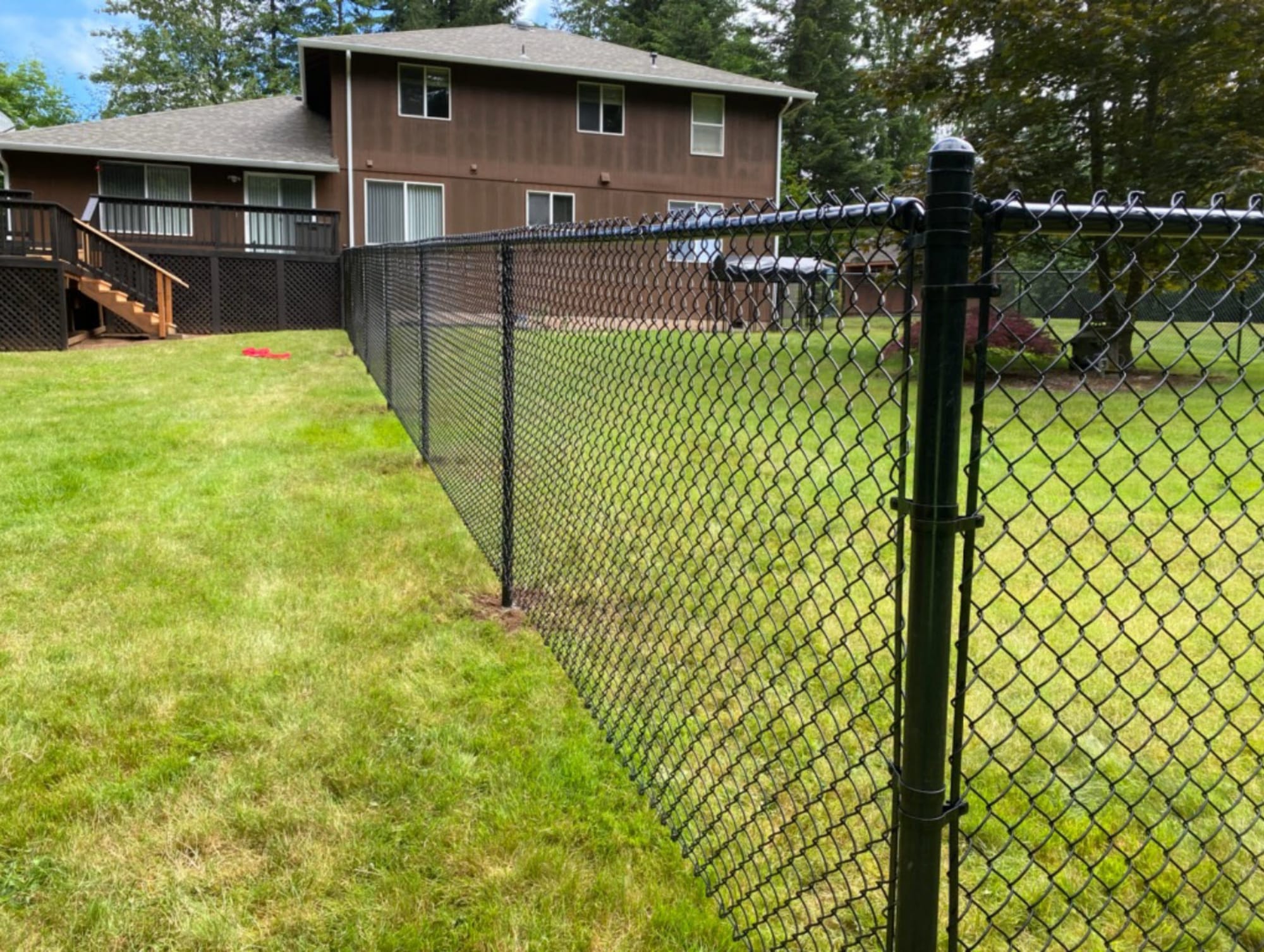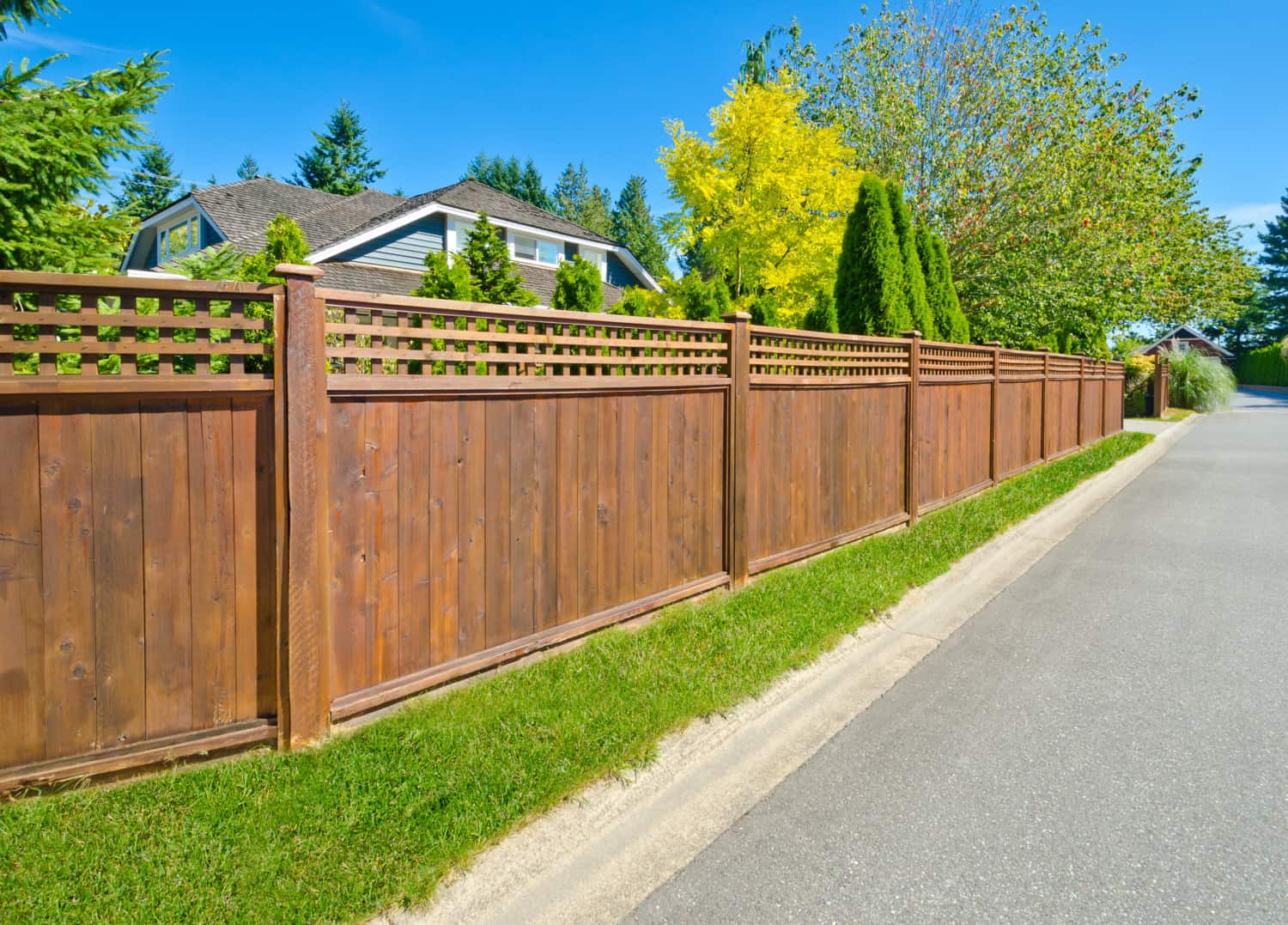All Categories
Featured

Your fence is a vital part of your home, using aesthetic, safety, and personal privacy allure. There are several methods you can execute to safeguard your fencing and extend its life.
- Pick the Right Product. The primary step in securing your fencing from weather-related damage is to choose the appropriate material for your environment. Some products are a lot more immune to the components than others.
Wood Fencings: While typical wood fencings use an all-natural, eye-catching look, they are particularly prone to water parasite, damages, and rot infestation. If you choose wood, choose pressure-treated lumber or wood types that are much more resistant to dampness, such as cedar or redwood. Vinyl Fences: Plastic is a low-maintenance choice that stands up to fading, breaking, and warping. It's additionally immune to rot and parasites, making it perfect for locations with high moisture or exposure to rainfall. Steel Fences: Light weight aluminum and functioned iron fencings are resilient and immune to weathering. Nonetheless, they can rust if revealed to moisture for extended durations. Select a powder-coated or galvanized steel fencing to decrease the danger of rust. Compound Fences: These are made from a blend of wood fibers and plastic, using the very best of both globes-- resilience and a natural look. Composite fences are resistant to moisture, fading, and decomposing, making them wonderful for climates with frequent rainfall or snow. 2. Apply Protective Coatings. No matter the material, applying a safety finish can assist secure your fencing from weather damages.

Wooden Fences: A good-quality stain or sealant can aid secure your timber fencing from wetness, UV rays, and insects. These finishings create a barrier that avoids water from seeping right into the timber and triggering rot. You must apply a fresh coat of stain or sealer every couple of years, depending on your environment and the degree of direct exposure to rain and sunlight. Plastic Fencings: Although plastic fencings are typically resistant to weathering, they can still endure from staining as a result of the sun's UV rays. You can make use of specialized plastic cleaners or UV protectants to preserve the color and appearance of your fencing. Steel Fencings: For metal fencings, take into consideration using a rust-resistant guide and a coat of paint created for exterior usage. Powder finishing is an additional outstanding option for metal fencings, as it produces a long lasting, weather-resistant finish that stands up to corrosion and corrosion. 3. Routine Cleaning and Maintenance. Maintaining your fencing routinely is necessary to protecting against damage from the aspects. Dirt, leaves, and various other debris can accumulate on your fence, which can create discoloration, mold, and mildew with time.
Wood Fencings: Tidy your wood fencing every 6 months with a light cleaning agent service or a stress washing machine (on a reduced setup) to get rid of dirt and grime. Keep an eye out for very early signs of rot, especially at the base of the fencing blog posts where moisture tends to build up. Plastic Fencings: Plastic fencings are easy to clean with soap and water. If you see mold or mold, use a mix of vinegar and water to gently scrub the impacted areas. Stay clear of severe chemicals that could harm the surface. Steel Fences: On a regular basis clean steel fences with a soft cloth or sponge to get rid of rust-causing debris. For wrought iron fencings, think about using a rust-inhibiting item to avoid corrosion. 4. Correct Installation and Positioning. Proper installment of your fencing can go a long method in securing it from weather-related damage. Ensure that your fence is firmly secured and that blog posts are established deep sufficient into the ground to avoid changing throughout heavy winds or storms. Mounting supporting at essential factors can offer added support. if your fence is subject to hefty winds.
In addition, consider the positioning of your fencing. Plant shrubs or trees tactically around your fencing to give some all-natural defense from extreme winds, intense sunlight, or driving rainfall if possible. Be careful not to plant as well close to the fencing, as roots can harm or shift messages over time.
- Address Tornado Damages Rapidly. Storms, especially those with high winds or hailstorm, can trigger immediate damage to your fencing. After a storm, check your fence for broken sections, leaning posts, or dropped particles.
- Winterize Your Fencing. Cold temperature levels and ice can be specifically harming to wooden fences. To prevent this, make sure that the base of your fence messages is elevated and not resting in pooled water.
Verdict. Weather-related damage is an inevitable component of owning a fence, however with the best precautions and regular maintenance, you can substantially expand the life of your fencing. Choose sturdy materials fit for your climate, apply protective finishings, clean on a regular basis, and make certain appropriate installment. With these actions, you can protect your fence from the elements and keep its look and performance for many years to find.
Latest Posts
Uncover the Top Auto Repair Deals in Montclare, Chicago
Published en
1 min read
Discover Brake Repair & More: Comprehensive Auto Care Solutions from Montclare Auto Repair
Published en
1 min read
Explore Your Financial Partner at WyHy – Top Benefits for Your Financial Goals
Published en
1 min read
More
Latest Posts
Uncover the Top Auto Repair Deals in Montclare, Chicago
Published May 25, 25
1 min read
Discover Brake Repair & More: Comprehensive Auto Care Solutions from Montclare Auto Repair
Published May 25, 25
1 min read
Explore Your Financial Partner at WyHy – Top Benefits for Your Financial Goals
Published May 23, 25
1 min read